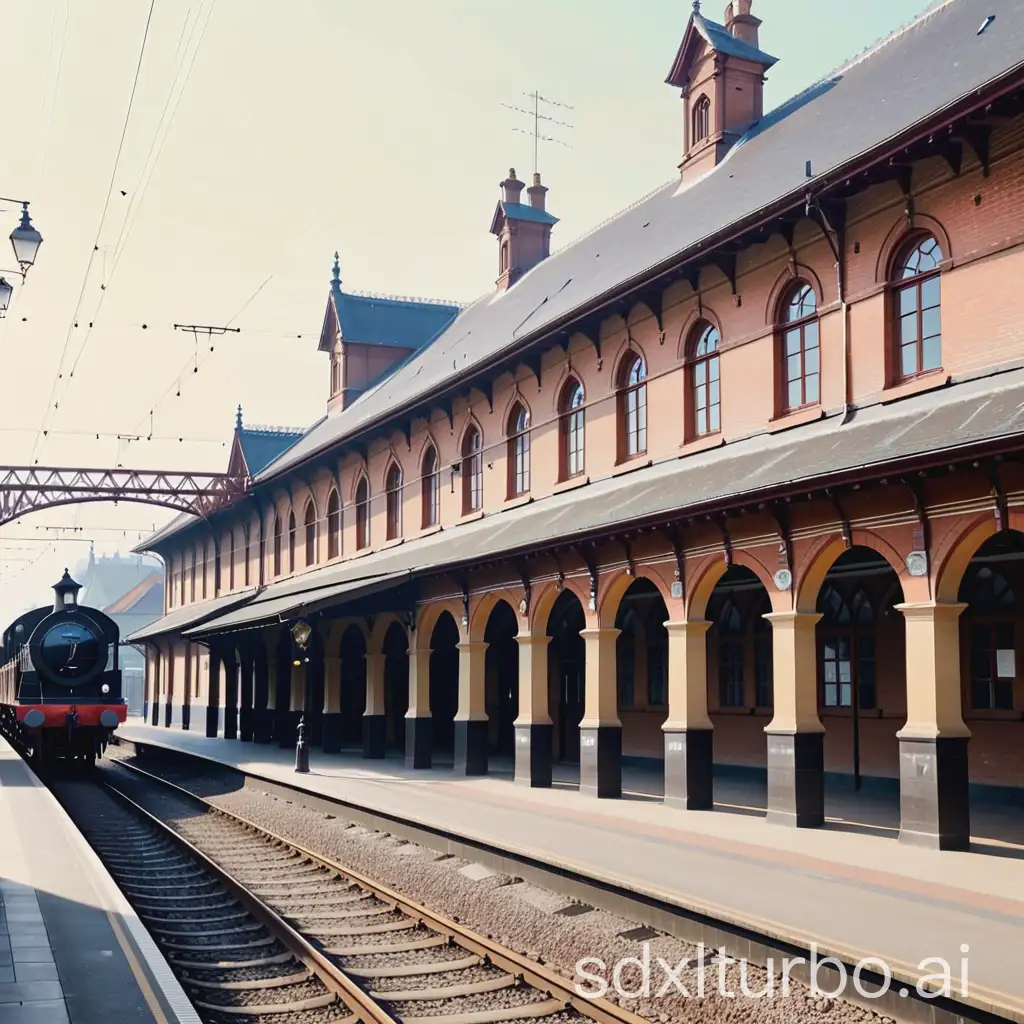Gritty 19th Century Industrialization in the Empire

Image Prompt
Prompt
Wie sah die dunkle Industrialisierung im 19. Jahrhundert im Kaiserreich aus?
Choose Model: realistic
Aspect Ratio: 1:1
Generated by Stable Diffusion SDXL
Related AI Images








Related Tags
Prompt Analyze
- Subject: The subject of the image depicts the grim realities of industrialization in the 19th century Empire. Expect to see dense factories with belching smokestacks, crowded and polluted urban landscapes, and laborers toiling under harsh conditions. Setting: The setting is likely to be a bustling industrial city, characterized by towering factories, dirty streets, and the constant hum of machinery. The sky might be filled with smog, casting a gloomy pall over the scene. Background: The background could feature imposing industrial architecture, such as warehouses, mills, and foundries. There might also be glimpses of impoverished workers' housing, providing a stark contrast to the wealth generated by industry. Style/Coloring: The style is likely to be realistic or possibly impressionistic, capturing the gritty details of urban industrial life. Colors may be muted, with a prevalence of grays, browns, and blacks to convey the grim atmosphere of the era. Action: Expect to see scenes of laborers working in factories, steam trains chugging through the landscape, and perhaps protests or clashes between workers and authorities. The image may evoke a sense of motion and activity amidst the industrial chaos. Items: Common items could include factory machinery, coal piles, steam engines, textile looms, and other symbols of industrial progress. Poverty-inducing commodities like bread and coal might also be featured, highlighting the struggle for survival amid rapid industrialization. Costume/Appearance: Workers may be depicted wearing worn-out clothing, with soot-streaked faces and tired expressions. Factory owners and other wealthy individuals might be shown in contrast, adorned in fine attire to signify their privileged status. Accessories: Accessories could include industrial tools like hammers, wrenches, and gears, as well as symbols of wealth such as pocket watches or monocles for the upper class. Additionally, signs of social inequality like beggars or slum dwellings may be included to emphasize the disparities of the era.